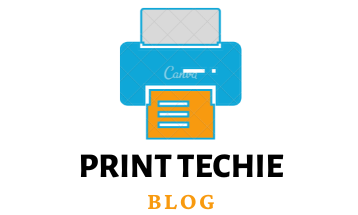3D printing is revolutionizing how we make things, including gun parts like Glock frames. If you’re curious about 3D printing your own Glock frame, you might be asking, “How long does it take to 3D print a Glock frame?” Let’s explore this process and find out how much time it takes to turn a digital design into a real, usable gun part.
How long does it take to 3d print a glock frame?
The time to 3D print a Glock frame varies based on several factors. Generally, it can take anywhere from 8 to 24 hours. This duration depends on the complexity of the frame design, the type of 3D printer used, and the print settings. Key factors include the material choice (like ABS or PLA), layer thickness, and infill percentage. High-quality prints often require slower print speeds to ensure precision, which can extend the printing time.
Also, more intricate or detailed designs will naturally take longer to print. It’s crucial to balance speed with quality to achieve a durable and well-crafted Glock frame. Remember, every 3D printing project is unique, so these times can vary.
Basics of 3D Printing Glock Frames
1. Choosing Materials
The time it takes to print depends a lot on the materials you use. Glock frames are usually made with strong plastics like ABS or PLA. Different materials can change how long it takes to print and the quality of the frame.
2. Setting Print Speed and Layer Height
It’s important to balance print speed and layer height. Printing faster can save time but might reduce the quality. The goal is to find a good mix that gives you a high-quality Glock frame quickly.
3. Printer Calibration
Having your 3D printer set up just right is important. Calibration affects how long it takes to print and the quality of your Glock frame. A well-calibrated printer gives consistent, good results.
What Affects Printing Time?

1. Design Complexity
How complex your Glock frame design is will change how long it takes to print. More detailed designs take longer than simple ones.
2. Layer Thickness
Choosing the right layer thickness matters. Thicker layers mean faster printing but might make the surface rougher. You need to find the best thickness for a strong, smooth frame.
3. Infill Percentage
The infill percentage is about how solid the frame is inside. A higher infill makes the frame stronger but takes longer to print. It’s about finding a good balance.
7. Type and Model of Printer
The kind of 3D printer you have is also key. Better printers can print faster and more precisely. Printer capabilities really affect how long it takes to make a Glock frame.
Read: How To 3d Print Clay Cutters
Estimating Printing Time to 3d print a glock frame
1. Using Estimation Tools
Print time estimation tools can help predict how long it will take. These tools look at things like material, design, and printer type to give a good time estimate.
2. Looking at Real Examples
Checking out real examples of 3D printed Glock frames can be helpful. Online communities and forums often share their projects, including how long they took to print.
Conclusion: Quality Takes Time
In the end, the time to 3D print a Glock frame depends on many things, like material, printer setup, and design. While printing fast might be tempting, taking your time can lead to better results. By paying attention to the details, you can create a top-quality Glock frame. So, start your 3D printing project with care, and you’ll be rewarded with a well-made frame.

